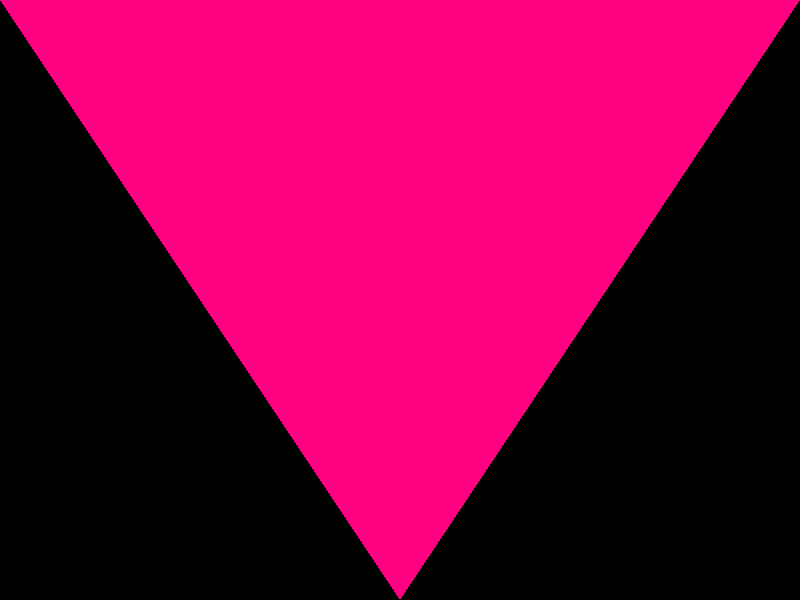Have you ever wanted to render things with headless (no screen) Raspberry Pi? Then this is something you might be interested in!
The following file triangle.c contains an example that renders a triangle and saves it into a output.raw file. The example uses EGL to create a pixel buffer as a surface. Normally, when using X server, you would create a window surface. The example also uses OpenGL ES 2 to setup a very simple shader to render a triangle.
The triangle.c contains comments which should explain to you all the necessary parts. Please note that this example will not teach you fundamentals of OpenGL! The purpose of this file is solely to demonstrate creating an OpenGL ES 2 context and getting the raw pixel output without using any virtual Linux framebuffers or physical screen (no X server).
Please note: Upgrading or downloading different EGL library other than the one distributed via Raspberry Pi distros may break your EGL! Do NOT run apt-get install libegl1-mesa-dev!
You need a GCC compiler and EGL and GLES library. If you are using the newest Raspbian distro, all those are already located on the image, no extra apt-get needed. You can check if you have the gcc installed by executing gcc --version. You can also check if GLES and EGL are installed by executing ls /opt/vc/lib which should list libEGL.so and libGLESv2.so. They are all already included in the Jessie Raspbian!
Copy or download the triangle.c file onto your Raspberry Pi. Using any terminal, write the following commands to compile the source file:
gcc -c triangle.c -o triangle.o -I/opt/vc/include
gcc -o triangle triangle.o -lEGL -lGLESv2 -L/opt/vc/lib
To run the file, type the following:
./triangle
You should see the following output:
Initialized EGL version: 1.4
GL Viewport size: 800x600
At the same time, a new file should be created: output.raw. This file contains raw 800x600 RGB pixels. You can use Photoshop or any other software to import and view this file. You should be able to see the following purple triangle. Please note that the image is mirrored vertically as the pixel coordinates in OpenGL start from the bottom, not from the top.
I get "Error! The glViewport/glGetIntegerv are not working! EGL might be faulty!" What should I do?
Your EGL might be faulty! Try reinstalling your Raspberry Pi OS.
How do I change the pixelbuffer resolution?
Find pbufferAttribs and change EGL_WIDTH and EGL_HEIGHT.
I get "undefined reference" on some gl functions!
Some GL functions may not come from GLES library. You may need to get GL1 library by executing sudo apt-get install libgl1-mesa-dev and then simply add: -lGL flag to the linker, so you get: gcc -o triangle triangle.o -lEGL -lGLESv2 -lGL -L/opt/vc/lib
How do I change the buffer sample size or the depth buffer size or the stencil size?
Find configAttribs at the top of the triangle.c file and modify the attributes you need. All config attributes are located here https://www.khronos.org/registry/EGL/sdk/docs/man/html/eglChooseConfig.xhtml
Can I use glBegin() and glEnd()?
You should not, but you can. However, it seems that OpenGL ES does not like that and nothing will be rendered.
failed to add service - already in use?
As mentioned in this issue, you have to remove both vc4-kms-v3d and vc4-fkms-v3d from R-Pi config. Also relevant discussion here: https://stackoverflow.com/questions/40490113/eglfs-on-raspberry2-failed-to-add-service-already-in-use
